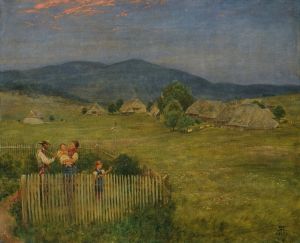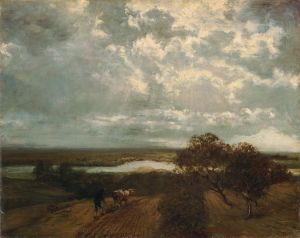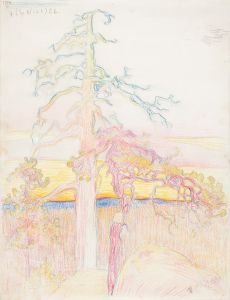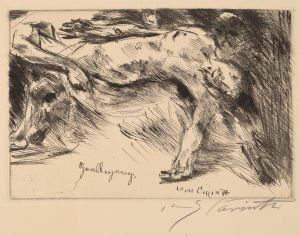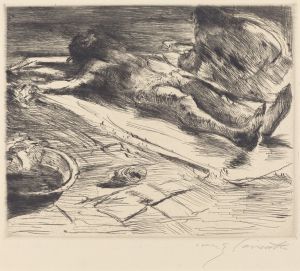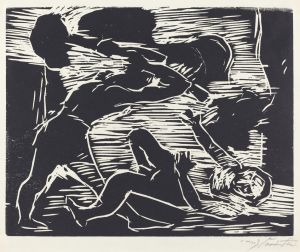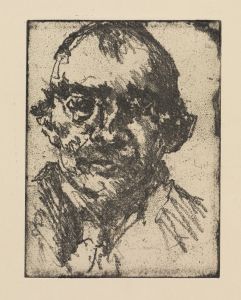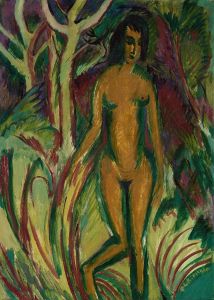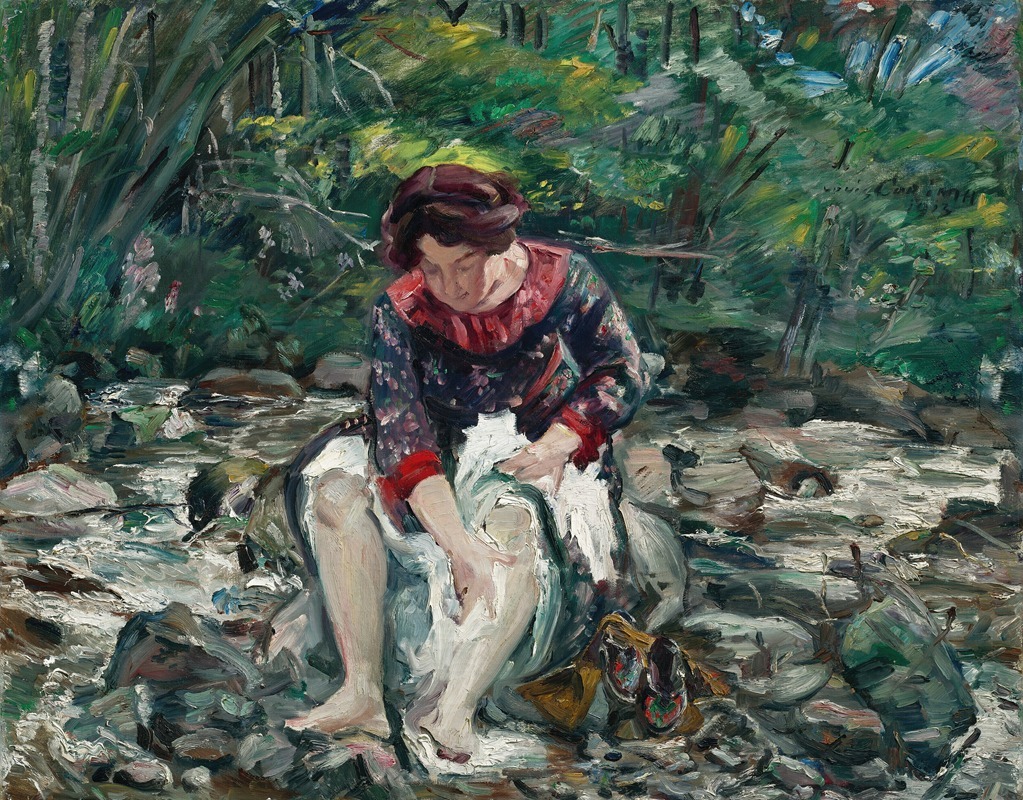
Mädchen im Waldbach
A hand-painted replica of Lovis Corinth’s masterpiece Mädchen im Waldbach, meticulously crafted by professional artists to capture the true essence of the original. Each piece is created with museum-quality canvas and rare mineral pigments, carefully painted by experienced artists with delicate brushstrokes and rich, layered colors to perfectly recreate the texture of the original artwork. Unlike machine-printed reproductions, this hand-painted version brings the painting to life, infused with the artist’s emotions and skill in every stroke. Whether for personal collection or home decoration, it instantly elevates the artistic atmosphere of any space.
Lovis Corinth's painting Mädchen im Waldbach (translated as Girl in a Forest Brook) is a work by the German painter and printmaker, who is widely regarded as one of the leading figures of German Impressionism and Expressionism. Corinth created this piece in 1898, during a period when his art was transitioning from a more academic style to one that embraced freer brushwork and a more vibrant use of color, hallmarks of Impressionism.
The painting depicts a young girl bathing or wading in a forest brook, surrounded by lush natural scenery. The composition captures the interplay of light and shadow on the water and the figure, showcasing Corinth's skill in rendering naturalistic textures and atmospheric effects. The subject of a nude figure in nature was a recurring theme in Corinth's work, reflecting both his interest in the human form and his fascination with the natural world.
Mädchen im Waldbach exemplifies Corinth's ability to blend realism with a more expressive, painterly approach. The loose brushstrokes and dynamic handling of light suggest the influence of Impressionism, while the emotional intensity and physicality of the figure hint at the Expressionist tendencies that would later dominate his work. The painting is also notable for its sensual yet unidealized portrayal of the human body, a characteristic feature of Corinth's oeuvre.
Lovis Corinth was born in 1858 in Tapiau, East Prussia (now Gvardeysk, Russia), and studied art in Königsberg, Munich, and Paris. By the time he painted Mädchen im Waldbach, he had already established himself as a prominent artist in Germany. In 1901, he moved to Berlin, where he became a central figure in the Berlin Secession, an influential group of modernist artists.
The painting is housed in the collection of the Kunsthalle Bremen in Germany, which holds a significant number of Corinth's works. The Kunsthalle Bremen has played an important role in preserving and exhibiting Corinth's art, ensuring his legacy as one of Germany's most important modern painters.
As with many of Corinth's works, Mädchen im Waldbach reflects his deep engagement with both the traditions of European painting and the innovations of the late 19th and early 20th centuries. The painting remains an important example of his artistic development and his contribution to modern art.





